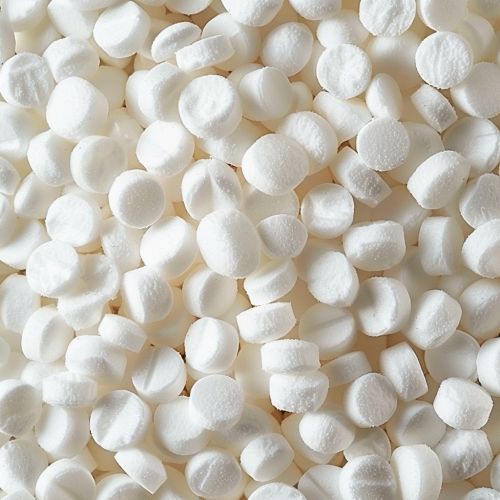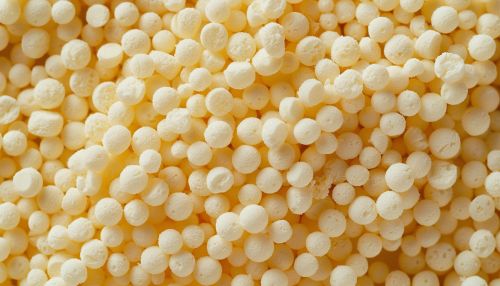Urea
Introduction
Urea, also known as carbamide, is an organic compound with the chemical formula CO(NH2)2. This amide has two –NH2 groups joined by a carbonyl (C=O) functional group. Urea serves an important role in the metabolism of nitrogen-containing compounds by animals and is the main nitrogen-containing substance in the urine of mammals. It is a colorless, odorless solid, highly soluble in water, and practically non-toxic. Dissolved in water, it is neither acidic nor alkaline. The body uses it in many processes, most notably nitrogen excretion. Urea is widely used in fertilizers as a source of nitrogen (N) and is an important raw material for the chemical industry.


History
The discovery of urea is attributed to the Dutch scientist Herman Boerhaave in 1727. However, it was French chemist Hilaire Rouelle who first obtained urea from urine in 1773. The substance was named "urea" by German chemist Friedrich Wöhler in 1828, who is also known for his synthesis of urea from inorganic substances in 1828. This discovery demonstrated for the first time that a substance previously known only as a byproduct of life could be synthesized in the laboratory without biological starting materials, contradicting the widely held doctrine of vitalism.
Structure and properties
Urea is a planar molecule of C2v symmetry with its atoms' geometric positions found by microwave spectroscopy. The molecule is essentially planar, the C=O bond length is 1.22 Å, the C-N bond length is 1.36 Å, and the N-H bond length is 0.96 Å. The central carbon atom is sp2 hybridized with trigonal planar geometry. The carbonyl carbon atom is bonded to the two nitrogen atoms in a planar orientation. The two nitrogen atoms are bonded to the central carbon atom and two hydrogen atoms each.
Production
Urea is produced on an industrial scale: In 2012, worldwide production amounted to 184 million tonnes, a 35% increase over the highest production volume in 1980 (135 million tonnes). Urea production occurs in large-scale plants, using ammonia and carbon dioxide as principal raw materials. Industrial production of urea, through the Haber-Bosch process, involves the safe and efficient handling and storage of ammonia at high pressures and temperatures.
Uses
Fertilizer
More than 90% of world industrial production of urea is destined for use as a nitrogen-release fertilizer. Urea has the highest nitrogen content of all solid nitrogenous fertilizers in common use (46.7%). Therefore, it has a low transportation cost per unit of nitrogen nutrient. The standard crop-nutrient rating (NPK rating) of urea is 46-0-0.
Chemical industry
Urea is used as a feedstock to manufacture other chemicals such as various plastics, especially the urea-formaldehyde resins. It is also used in the production of melamine, which is used in high-resistance concrete structures, and in the manufacture of adhesives and resins.
Medical use
In medicine, urea is used as a diuretic and in the treatment of some skin disorders, such as psoriasis and eczema. It is also used in the formulation of creams, lotions, and gels for cosmetic purposes.
Environmental impact
Urea can be harmful to the environment in large amounts, especially to bodies of water, where it can cause algal blooms that use up oxygen in the water to the detriment of other organisms.
